Cattails are supported by a rigid cellular framework that allows them to grow up to 20 feet tall and withstand both wind and gravity. This cellular framework is made of complex proteins, carbohydrates, fatty acids, and minerals. In early spring, carbohydrates stored in the rhizomes are converted to energy for shoot growth. In addition, Cattails have a well-developed aerenchyma that allows for gas to exchange aerobically from the leaves to the roots. Even standing dead cattails will support this gas exchange and contribute to new growth.
When cattails are green and in full bloom, excess carbohydrates are returned through the rhizomes to the root system for storage. Herbicide applications (glyphosate, imazapyr, imazamox) are used at this time until the first frost to get the most benefit of this translocation process. CattZilla works synergistically with the aquatic herbicide to speed penetration and enhance the degradation of the cattail’s dead cellular framework. When the supporting framework weakens, the dead cattails will fall and disrupt the gas exchange through the aerenchyma. After the cattails fall, Cattzilla promotes continued degradation of the stalks and rhizomes.
NOTE: CattZilla DOES NOT kill aquatic plants or algae

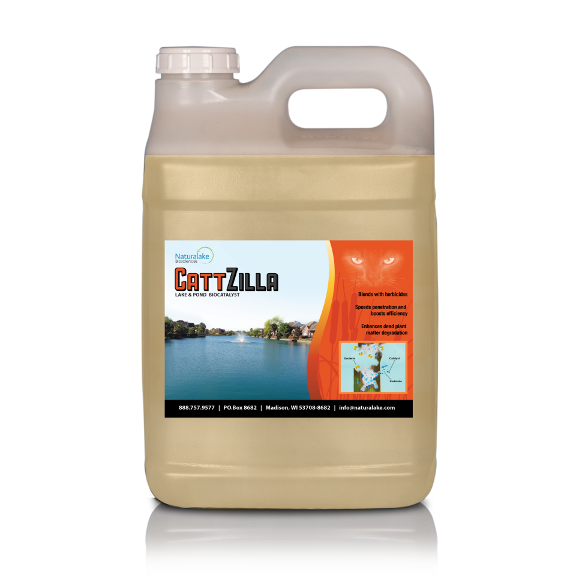
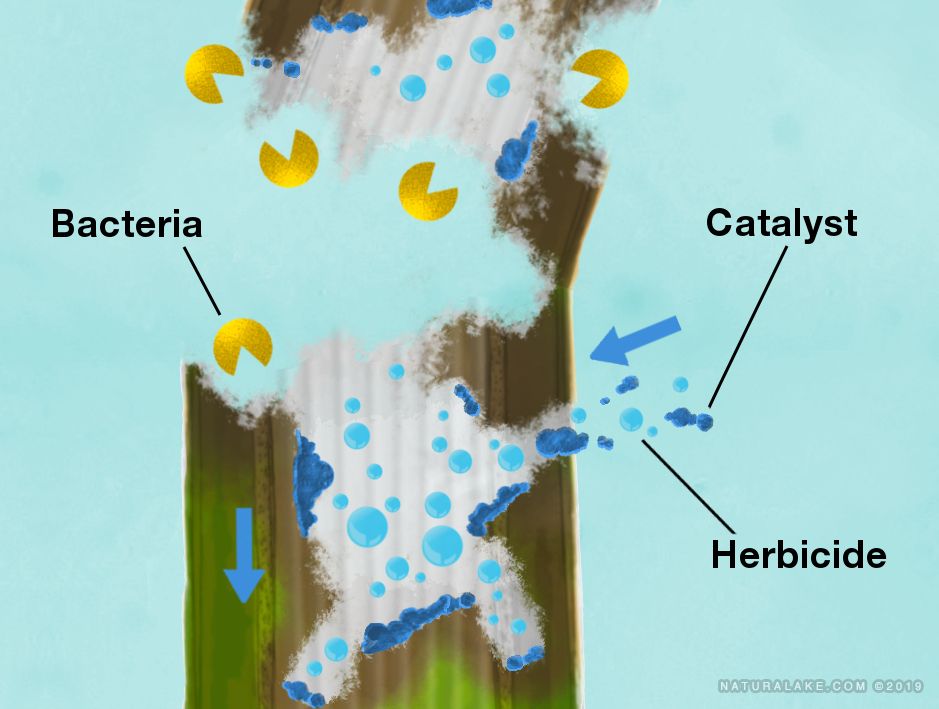

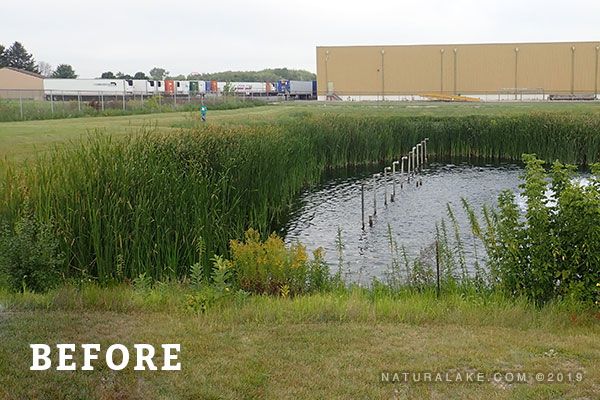
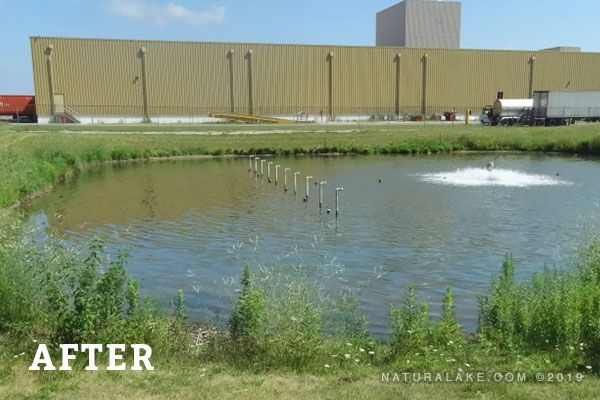
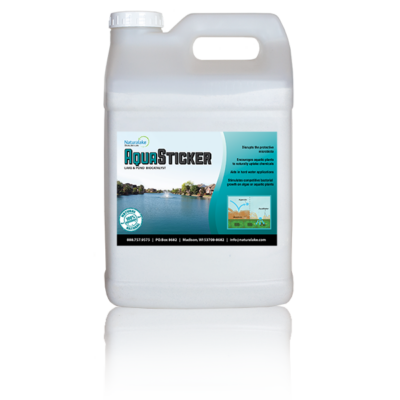
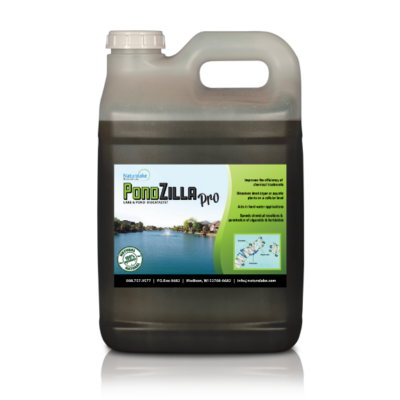
Anthony O. (FL) –
Just used CattZilla for the first time. The breakdown was much quicker and the results were great!
Andrew M. (FL) –
Catzilla works really well. From small stands to large stands of cattails when this product is added to your herbicides it helps to knock the cattails down faster as well as speed up the breakdown process so you don’t have to look at the dead plants as long.